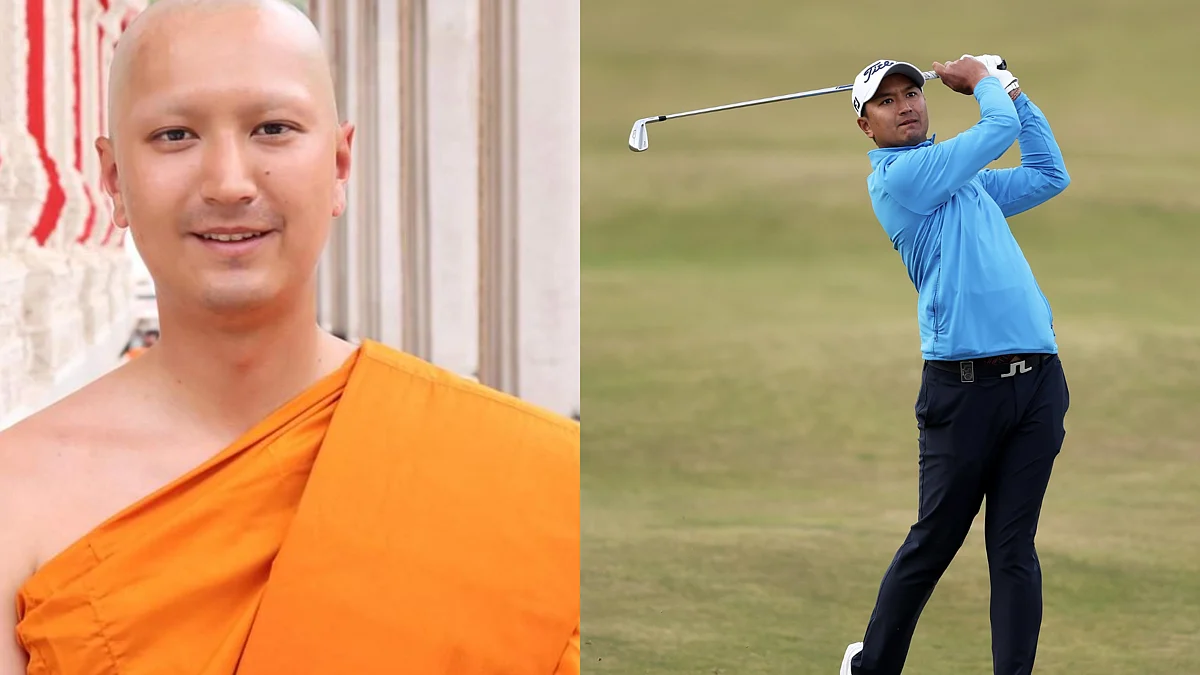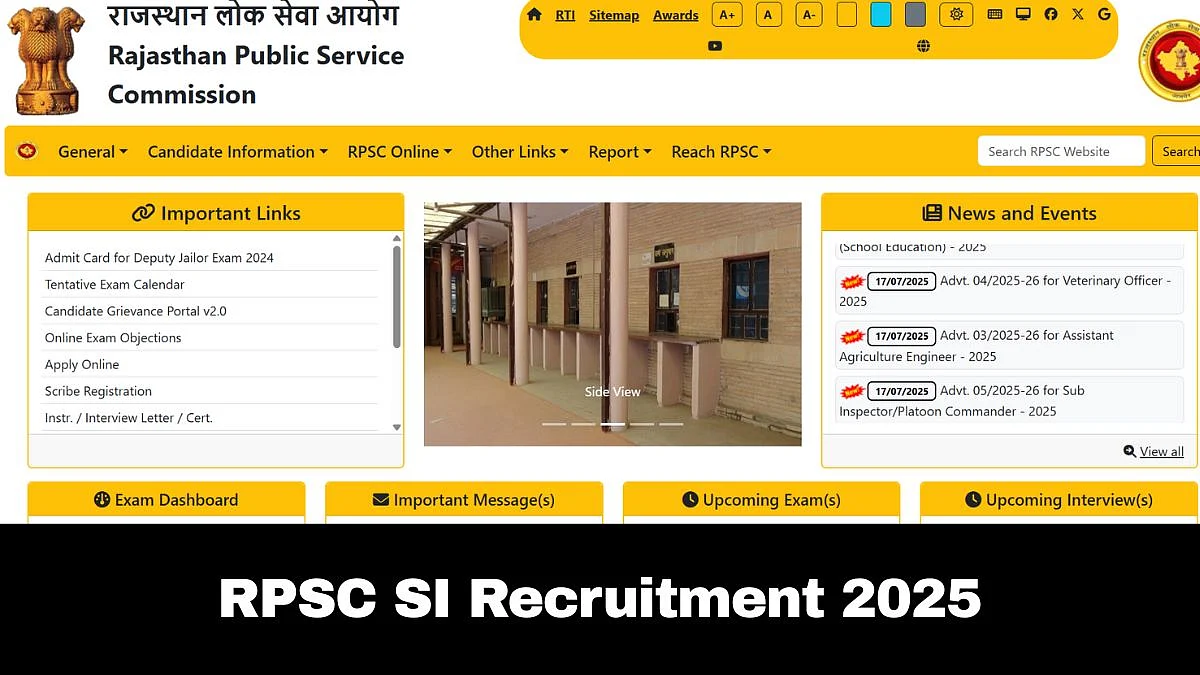As someone who’s experienced her fair share of heartache, I’m all too familiar with the concept of ‘give and take’ in a relationship. However, for the most part, I found myself giving far more than I’d get in return. Despite this, I’d constantly question my actions, go over things in my head and wonder if there was something more I could have done to prevent the inevitable failure of yet another relationship. The fact remains, while most of us tend to look inwards, what we fail to recognise are the red flags or outright ignore them because of that ‘love-will-conquer-all’ attitude we tend to go into a relationship with.
This begs the question: Is this a healthy approach to a relationship? Bhavya Raj Arora, Founder and CEO, New Thought Therapist, a social enterprise working to expand access to quality mental health support and simplified psychoeducation, says, “Giving more is often a result of past emotional trauma and poor boundaries. While these will be unique to each individual, some of the possible reasons a person may be giving more than necessary include fear of abandonment, rejection, people-pleasing tendencies, anxiety with conflict, and finding their worth in ‘giving’.”
Could I have done enough?
More often than not, when things don’t work the way we’d envisioned, we tend to scrutinise our actions and words, putting the entire relationship under a microscope. We often find ourselves wondering if we could have done things differently. Why do we do this? When a relationship starts to grow deep and intense, we become aware that we stand to lose something we hold dear. There’s a subconscious fear that things might not work out. Unfortunately, when that sets in, it’s natural for some to overcompensate and do more than necessary for their significant other.
“As humans, we have varied needs—the need for safety, support, kindness, compassion, acceptance, etc, and a healthy relationship is one where these needs can be expressed comfortably and be met without judgment or discomfort. A healthy relationship is accommodative of healthy compromises. However, one must be wary to not have these compromises become sacrificial. Often at the core of this need to give all of yourself to the relationship is the trauma of self-worth, or simply ‘not feeling good enough’. In such cases, people find themselves in the cycle of giving more and more of themselves without ever recognising where they are operating from. This causes frequent disappointments, hurts, resentment and contempt in relationships, and can lead to self-doubt,” Arora says.
It’s a two-way street
Those who have loved and lost, and have found love again may tend to do all they can to preserve their relationship. This fight or fight response can motivate a person to give, nurture, and invest themselves to a point of martyrdom. This can translate into putting their own desires aside to give their partners what they want. So, what does that mean for an otherwise healthy dynamic?
Thirty-five-year-old Tanisha Saxena*, who recently ended her long-term relationship, believes that towards the end of seven years, she was short-changed. “In the beginning, it felt like it was too good to be true, but it wasn’t. He and our relationship were perfect. He was considerate, attentive, communicative and so giving. Over the years, however, he began going through a few personal trials and that caused him to distance himself when it came to communication. I did my best to be patient and gave him the space and time he needed to deal with it. While I wanted to be a part of his journey and experiences, he kept me out of the loop and said it would be on a ‘need to know’ basis. He never let himself be vulnerable with me. There was a point where he didn’t communicate with me for months at a stretch. I didn’t know what he was up to. That’s when I decided that regardless of how long we’d been together, it was in my best interest if I ended the relationship.”

And Arora agrees. She firmly believes, “A relationship should always be a two-way street; you should receive and give in equal measure. Sometimes in receiving, the partner is also giving their consent to be held, comforted and supported while being given a safe space to feel vulnerable. This vulnerability nurtures connection. Scientifically, both, giving and receiving promotes well-being by releasing oxytocin, a hormone and neurotransmitter that fosters connection.”
Quid pro quo
Now, whether we agree with this statement or not, oftentimes, a lot of people believe that there’s always one partner who does more than the other to ensure that harmony within the relationship is maintained. However, this isn’t necessarily true. If the actions of one partner cannot be seen, it doesn’t mean that they are not putting in the same energy, emotion or effort. And Arora disagrees with this generalisation. “I believe that partners share the space of give and take. In an ideal world, partners would share equal halves of the give and take. However, that's not always the case. A healthy relationship is one where partners step in for each other and offer more of themselves, if and when needed. It’s also important to appreciate what your partner does for you in return.”
If that’s not all, the act of giving in a relationship can promote mental and emotional well-being. However, Arora explains that when this act of giving is not met with mutual respect and consideration, it can lead to massive disappointments. “Unresolved disappointments and unaddressed expectations can manifest as conflicts between relationships. In such a situation, you should take your time to actively communicate your discomfort with your partner, and offer them insight on how you would feel more valued and appreciated.”
As a way to help you give as equally as you receive, Arora says, “Examine your actions and try to identify why you don’t feel good enough, to begin with. The next step is to honour your needs and attempt to communicate them to your partner. Learn to set assertive boundaries that recognise what you bring to the relationship. Be mindful of the space you are giving from. If the space is driven by fear (of abandonment, rejection, conflict, etc), take an active pause. Address the fear and make the next move. Keep a check of not completely losing yourself, your individuality, and your identity in the relationship.”
*Name changed on request









